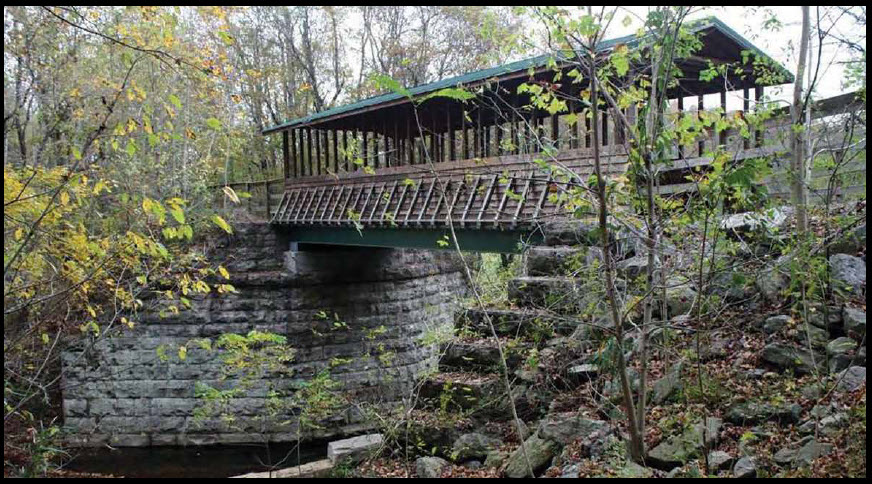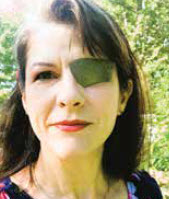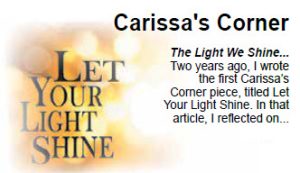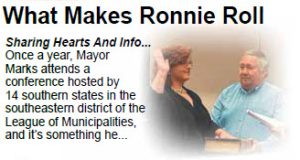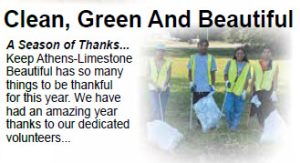“There was a young mother with a boy who was about 6 or 7 and a baby walking down the trail…”
“Oh, here. I have been meaning to give you this,” he said as he handed out spiral-bound books of the history of the Richard Martin Trail. We had boldly intruded on his time, but he was gracious to invite us to sit for a few minutes. We had already walked several miles, and it didn’t take much encouragement for us to plop down in a chair. “Only for a few minutes,” we each thought to ourselves, but we quickly became enraptured of his stories of Athens history and the trail and the time flew.
The Richard Martin Trail started in 1989 by members of the “Athens Roadrunners Club” — a group of folk enthusiastic to promote running in Athens, Limestone County, and the state of Alabama.
First, they started “small” (though the results were anything but). They hosted the “Fiddler Run”, a 10k and fun run in conjunction with the Fiddlers Convention. The next year they added a wheelchair race as well. This race was not only a running outlet, they partnered with the Limestone County Department of Human Resources to benefit the foster children of Limestone County. Over the next 11 years, the program generated $110,000 for foster children in our area.
In 1986, they decided to tackle another project: building a track around the high school and rec center. The track became so popular that the city added lights to accommodate night running.
With that project tucked under their belt, they looked for another. It seems that the same drive and discipline to run also transfers to other projects that require dedication and hard work. In 1988, the Athens Roadrunners happened to see an article from the national Roadrunner Magazine about the Rails-to-Trails Conservancy, which turns old railroad beds into trails. It so happened that the line from Athens to Pulaski had been abandoned in 1986.
Richard Martin, Mignon Bowers, Henry Blizzard, and a slew of other folk got to work. TVA jumped in with a full survey of the line, which was a huge blessing for the project.
“The little boy was on the side in the ditch. Suddenly I heard a scream. I thought, ‘Oh no…!’”
But this was going to require approval, negotiation with the railroad and landowners, legwork in two states and two counties, and a lot of money. However, this group was nothing if not dauntless. Multiple income streams were paddled including grants and an event called “Blaze the Trail with Pennies,” a program in the schools where the students could donate pennies. The classroom with the most pennies got to have pizza on the trail with “Bigfoot.” This raised $16,000! The students from the city and county donated 1.6 MILLION pennies, which all had to be counted!
In 1993, the group sold prints to generate income. You have seen them in our office. There are some very interesting stories about some of the side characters in the prints. I won’t go into them here, but let’s just say that some of the folk in the paintings aren’t from the time periods that the paintings portray.
In 1999, the covered bridge over Mill Creek was built on the abutment that had been built there in 1901! When you cross that bridge, just pause and think of who was looking at the same abutment in 1901. I wonder what they were thinking, who they were, if they were having a good day.
Year after year, section after section, the Richard Martin Trail came together, and on Saturday, March 21, 2009, the trail project officially ended. After 20 years and 1.4 million dollars, the dream was completed.
“’ I CAUGHT A CRAWFISH!’ the boy hollered. And that made everything worth it.”
—-
This is just part of the history of the Richard Martin Trail! Sign up for our May 3rd trail walk to create your own history on the trail!
And don’t forget that our April Walking Tours are starting April 5. Come to the Tourism office at 100 N. Beaty Street at 9:45 a.m. for a free walking tour of one of our districts. I will be there in costume; feel free to wear yours too! See you there!
By: Stephanie Reynolds, Athens-Limestone Tourism Association


